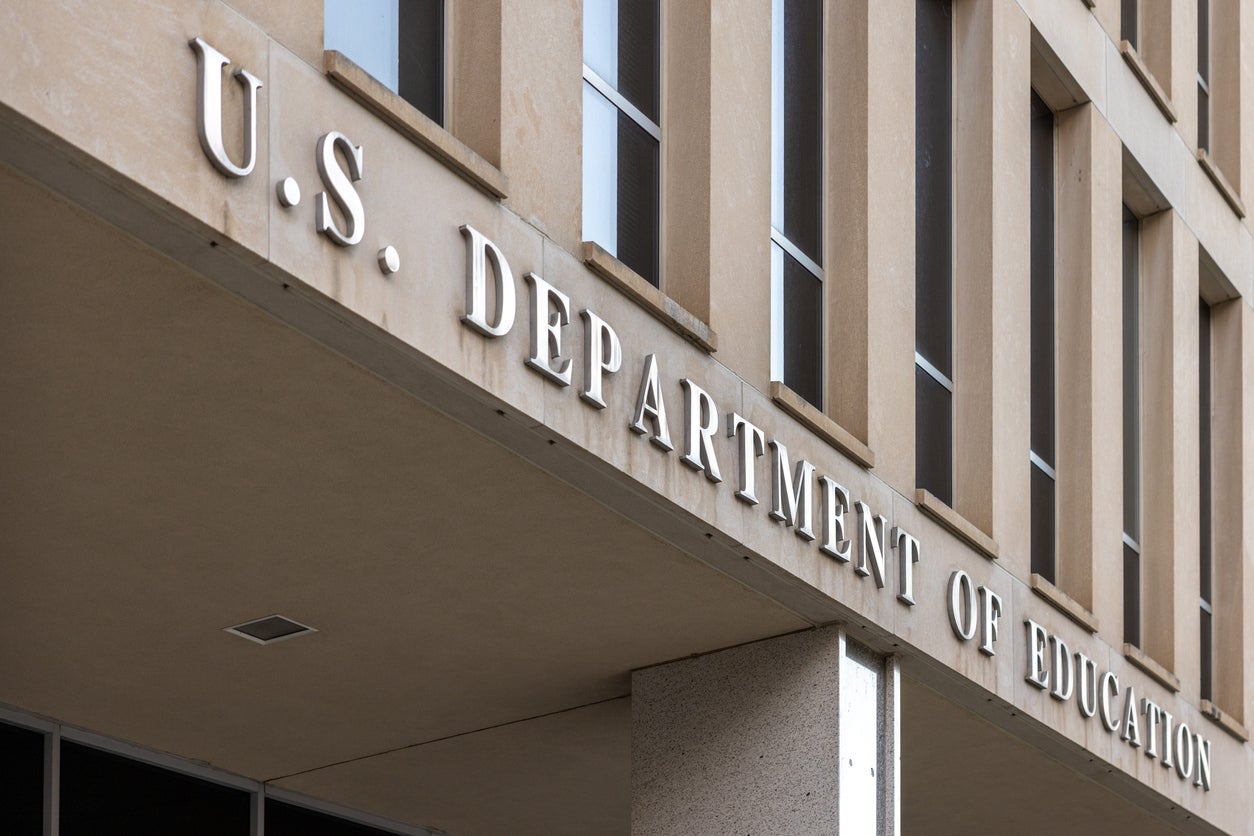The protections that have been in place since the COVID-19 pandemic began in March 2020 are coming to an end. The Department of Education announced that it will resume federal student loan collections starting on May 5, 2025.
According to the Department of Education, approximately five million borrowers are in default, and another four million are in the late stages of delinquency.
If you are one of the millions of borrowers who are behind on your federal student loan payments, here’s what you need to know.
How the Department of Education Will Handle Federal Student Loans in Default
During the pandemic, collections activity on defaulted loans was paused. Even when repayment resumed in 2023, the government gave students a 12-month “on-ramp” period; during this time, payments were due and interest accrued, but defaulted loans were not sent to collections, and late payments were not reported to the credit bureaus.
Those policies will now come to an end. Collections activity will resume in May, so all of the usual consequences of defaulting on federal student loans will apply.
The timing of this announcement is difficult. For borrowers who cannot afford their payments under a standard repayment plan, income-driven repayment (IDR) plans provide significant relief. However, federal student loan servicers are not processing applications for income-driven repayment (IDR) plans right now, and the earliest those plans will be available is May 10, several days after collections activities resume.
Consequences of Defaulting on Your Loans
Since it’s been so long since borrowers had to worry about what happens to those with defaulted loans, you may not be aware of how steep the consequences can be. When the government resumes collections activities, some of the most severe measures include:
- Treasury offset: The government can seize your federal or state tax refunds, Social Security payments, and other federal payments to pay your student loans.
- Wage garnishment: The government will notify your employer that they are required to withhold a portion of your wages. They can garnish up to 15% of your disposable pay (the amount of your paycheck that remains after deductions, such as your Social Security or federal taxes).
- Loss of eligibility for forbearance or deferment: Once your loans are in default, you’re ineligible for federal forbearance or deferment programs.
- Credit reporting: The loan servicers will report delinquent accounts to the credit bureaus, which can cause substantial damage to your credit. Going forward, it can be difficult to qualify for loans or other forms of credit.
What to Do If You’re at Risk of Wage Garnishment
For borrowers who defaulted on their loans, wage garnishment can be a major problem. If you’re at risk of wage garnishment, here are a few things you should know:
You’ll Receive Advance Notice
The Department of Education must give you at least 30 days notice that your wages will be garnished. The notice will detail your rights to object to wage garnishment and what your options are.
You Can Request a Hearing
You have the option of requesting a hearing to get a ruling on any objections. You can object if:
- The 15% wage garnishment would cause extreme financial hardships
- You were previously laid off
- You have been employed for less than 12 months.
The hearing can be over the phone or in person. However, in-person hearings are held in Atlanta, Chicago, or San Francisco, and you must travel to those locations (and pay for your own travel accommodations).
There are Ways to Avoid Garnishment
If you defaulted on your loans, you may be able to avoid garnishment by negotiating an alternative repayment plan. Contact the Default Resolution Group, explain your situation and what you can afford to repay, and commit to a new repayment plan. If you come to an agreement, send in your first payment within 30 days of receiving the wage garnishment notice.
Not yet in default but are at risk of falling behind on your payments? Contact your loan servicer right away. Depending on your situation, you may be able to apply for an income-driven repayment plan (and your loans put on hold onto applications can be processed), or you may be eligible for forbearance, allowing you to postpone your payments for several months.
The key to managing your loans is communication; the earlier you reach out to your loan servicer, the more options you’ll have to reduce your payments and get some relief.



